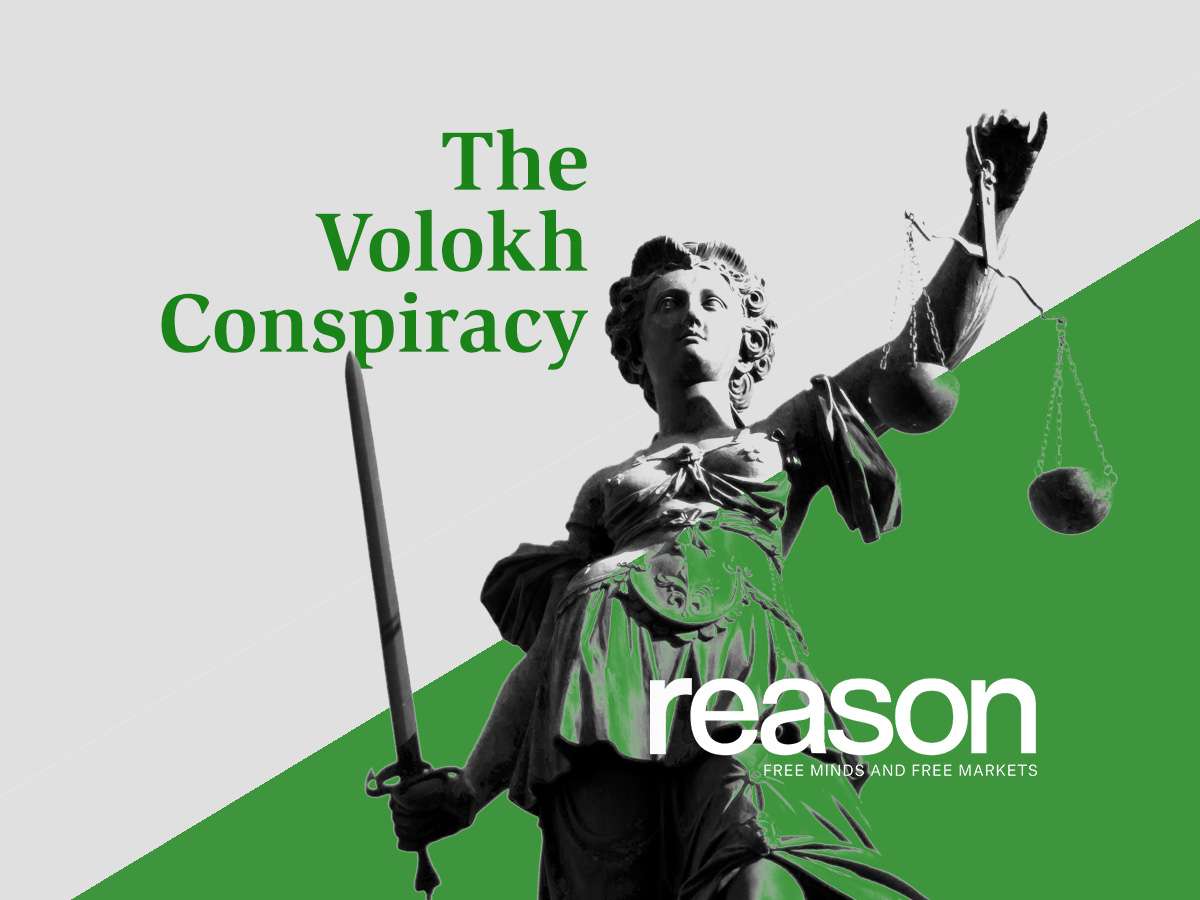Gen. Michael Flynn’s Brother v. CNN “False Light” Lawsuit Dismissed

From today’s decision by Judge Arun Subramanian (S.D.N.Y.) in Flynn v. CNN, Inc.:
Plaintiffs Jack and Leslie Flynn have sued Defendant Cable News Network … under Rhode Island’s false-light statute. The Flynns claim $75 million in damages. The entire dispute stems from a six-minute segment and, more specifically, the segment’s use of a two-second clip in which the Flynns appear. The Flynns say the segment falsely painted them as “QAnon followers.”
The parties agree that QAnon is “an American conspiracy movement that began in 2017.” The conspiracy centers around “Q,” who is supposedly “a high-ranking government official” who “leak[s] top secret information” about the “Deep State.” There have been about 5,000 of these leaks (or “Q drops”). The Flynns say that “a series of outlandish beliefs … have grown out of these Q drops.” But just exactly what those beliefs are is unclear (and is one of the main subjects of this opinion). Before this suit was filed, Jack himself characterized QAnon as “[j]ust People doing their own research and learning independence of thought to find the truth.”
The CNN report at issue aired in February 2021. It was framed around an October 2020 event called “Q Con Live!” The report opens with a series of short clips from the event, followed by the reporter’s voiceover explaining that the footage was from a “gathering of QAnon followers in Arizona just two weeks before November’s election.” The video next shows the so-called QAnon Shaman, who is wrapped in a flag that says, “WHERE WE GO ONE WE GO ALL.” The voiceover explains, “He’s known as the QAnon Shaman, and he would go on to storm the Capitol in January.” The video then cuts to someone at the event singing “where we go one, we go all.” The voiceover then says, “‘Where we go one, we go all’: an infamous QAnon slogan promoted by Trump’s first National Security Advisor, Michael Flynn.”
At that point, the video cuts to the key clip. It shows a row of six people raising their right hands. Standing toward the middle of the group, Michael Flynn says, “Where we go one, we go all.” Alongside Michael Flynn are Jack and Leslie, though they say nothing. The video then returns to Q Con, and the voiceover continues, “And played as an anthem at this meeting of Trump supporters.” The rest of the segment discusses President Trump’s refusal to disavow QAnon, the January 6 attack on the Capitol, and the QAnon movement more generally. Neither Jack nor Leslie is shown or mentioned again. Finally, for nearly the whole segment, there is a headline-style chyron that reads, “CNN GOES INSIDE A GATHERING OF QANON FOLLOWERS.”
The Flynns originally had two claims: defamation per se and false light. Before this case was reassigned to me, the Court dismissed the defamation claim but not the false-light claim. CNN has now moved for summary judgment on the false-light claim….
“To recover under § 9-1-28.1(a)(4) [the Rhode Island] false light statute], [a] plaintiff must establish that there has been some publication of a false or fictitious fact which implies an association which does not exist; and the association which has been published or implied would be objectionable to the ordinary reasonable man under the circumstances.” {In interpreting the statute, the Supreme Court of Rhode Island has imported many defamation doctrines, noting that plaintiffs should not be able to “evad[e] the limitations of a successful defamation action by using the alternate theory of a false-light claim.”}
The Court assumes without deciding that the video was capable of implying that the Flynns were QAnon followers…. [But c] alling the Flynns “QAnon followers” was, in defamation law–speak, an opinion. And an opinion is “actionable only if it implies the allegation of undisclosed defamatory facts as the basis for the opinion.” Put differently, “the dispositive inquiry here is … whether the challenged statement can reasonably be construed to be stating or implying [defamatory] facts about the [Flynns].”
Here, the statement neither stated nor implied defamatory facts, so it is a nonactionable opinion. This conclusion is based on two independent—but mutually reinforcing—grounds. First, the statement is unverifiable. And second, it was a comment on disclosed, nondefamatory facts. Both characteristics ensure that the reasonable viewer understands that the statement is the speaker’s opinion (rather than stating facts) and that the speaker is not harboring additional, undisclosed facts to justify the statement. So Rhode Island law and the First Amendment demand its protection….
For more details, see the full opinion. For the earlier libel opinion, see this post.


